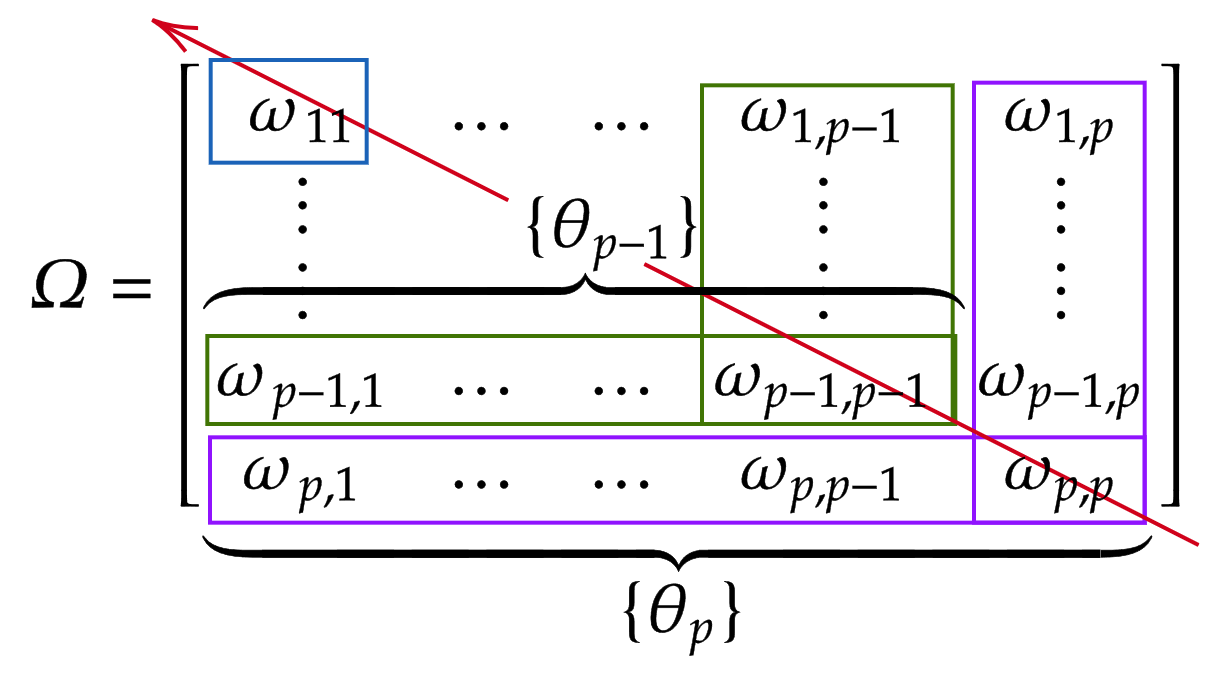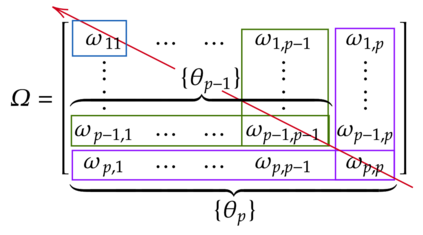Marginal likelihood, also known as model evidence, is a fundamental quantity in Bayesian statistics. It is used for model selection using Bayes factors or for empirical Bayes tuning of prior hyper-parameters. Yet, the calculation of evidence has remained a longstanding open problem in Gaussian graphical models. Currently, the only feasible solutions that exist are for special cases such as the Wishart or G-Wishart, in moderate dimensions. We present an application of Chib's technique that is applicable to a very broad class of priors under mild requirements. Specifically, the requirements are: (a) the priors on the diagonal terms on the precision matrix can be written as gamma or scale mixtures of gamma random variables and (b) those on the off-diagonal terms can be represented as normal or scale mixtures of normal. This includes structured priors such as the Wishart or G-Wishart, and more recently introduced element-wise priors, such as the Bayesian graphical lasso and the graphical horseshoe. Among these, the true marginal is known in an analytically closed form for Wishart, providing a useful validation of our approach. For the general setting of the other three, and several more priors satisfying conditions (a) and (b) above, the calculation of evidence has remained an open question that this article seeks to resolve.
翻译:在Bayesian统计中,边际可能性(也称为模型证据)是一个基本数量,用于使用Bayes系数进行模型选择,或用于经验性Bayes对先前的超参数进行模拟调整;然而,在Gaussian图形模型中,证据的计算仍然是长期未解决的问题;目前,存在的唯一可行解决办法是用于Wishart或G-Wishart等中等层面的特例;我们采用了Chib技术的应用,该技术适用于在温和要求下非常广泛的先行类别;具体而言,这些要求是:(a)精确矩阵的对数术语的前言可以写成伽马随机变量的伽马或比例混合;以及(b)非对非对数术语的计算可以作为正常或比例的混合。这包括Wishart或G-Wishart等特等特等特殊情况的结构化前言,以及最近引入的要件,如Bayesian图形拉索和图形马蹄等。其中,真正的边框以分析封闭的形式为Westart的精确矩阵,可以写成伽马变量的伽马质混合物的混合或比例,为正常的正常的混合物,从而确定我们前述的另外三个方法。



